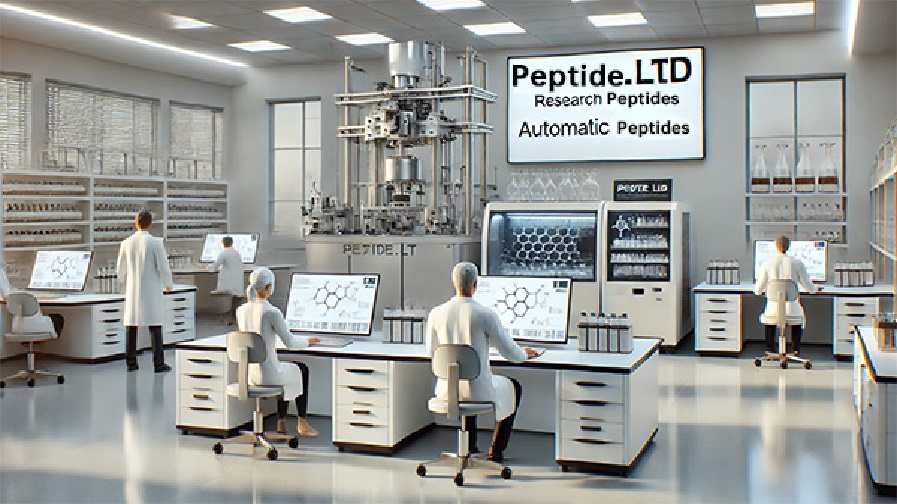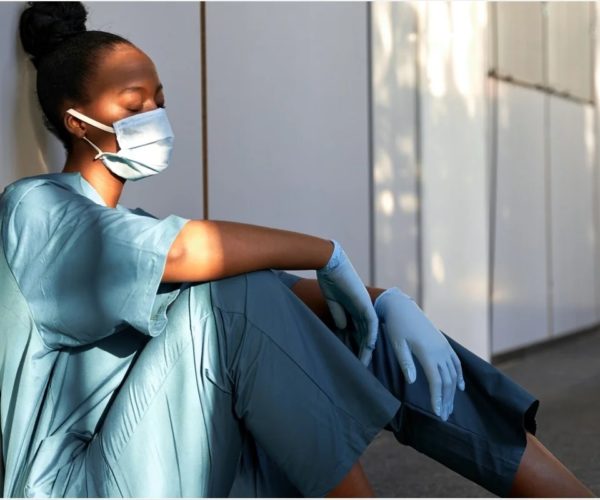The production of pharmaceuticals is prone to contamination at various stages, which can pose significant health risks. This summary highlights common sources of contamination in drug manufacturing, corrective measures when contamination occurs, and preventive strategies.
Pharmaceutical production contamination often arises from not adhering strictly to microbiological controls. Microbiology labs handling hazardous chemical and biological agents, such as pathogens or radioactive materials, are particularly vulnerable.
Contaminants can enter the manufacturing process due to procedural errors, such as inadequate facility or equipment design, insufficient staff training, improper material handling, poor air filtration, or accidental mixing of substances.
When contamination is detected, a prompt and thorough investigation is essential. Employing testing services, like those offered by analytical testing laboratories, to identify contaminants in pharmaceutical and biopharmaceutical production is standard industry practice. This aids in locating and addressing the source of contamination. Following containment, decontamination, and additional testing are crucial to ensure the area is safe.
Preventive measures are crucial. After contamination, it is vital to revise and improve protocols, which might include repairing equipment faults, correcting handling errors, or resolving facility issues such as poor ventilation. Continuously enhancing these preventive strategies is key to maintaining facility operations and staff competency.
For a detailed guide on managing pharmaceutical contamination, please refer to the additional resource provided below.




